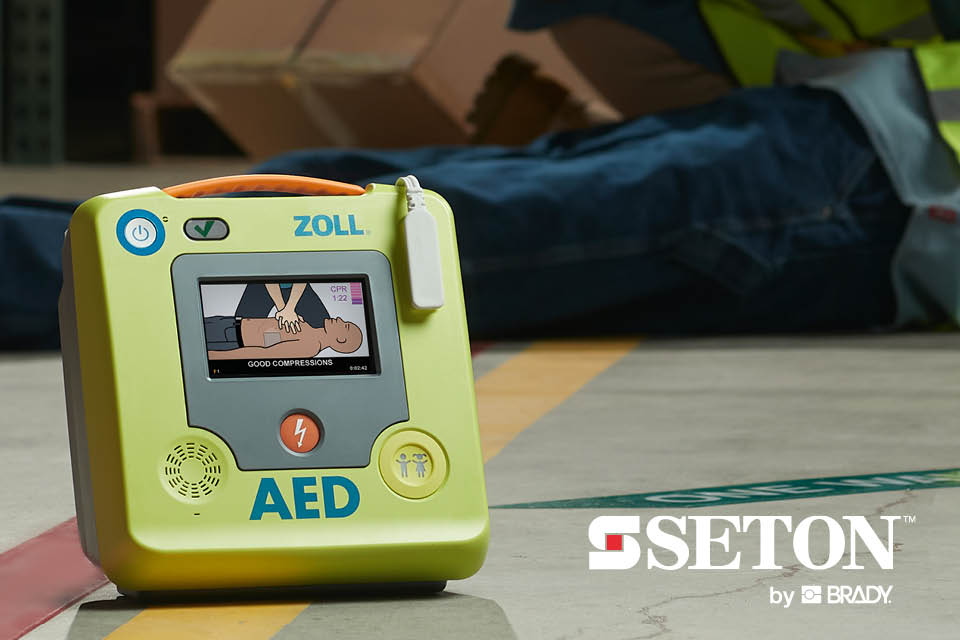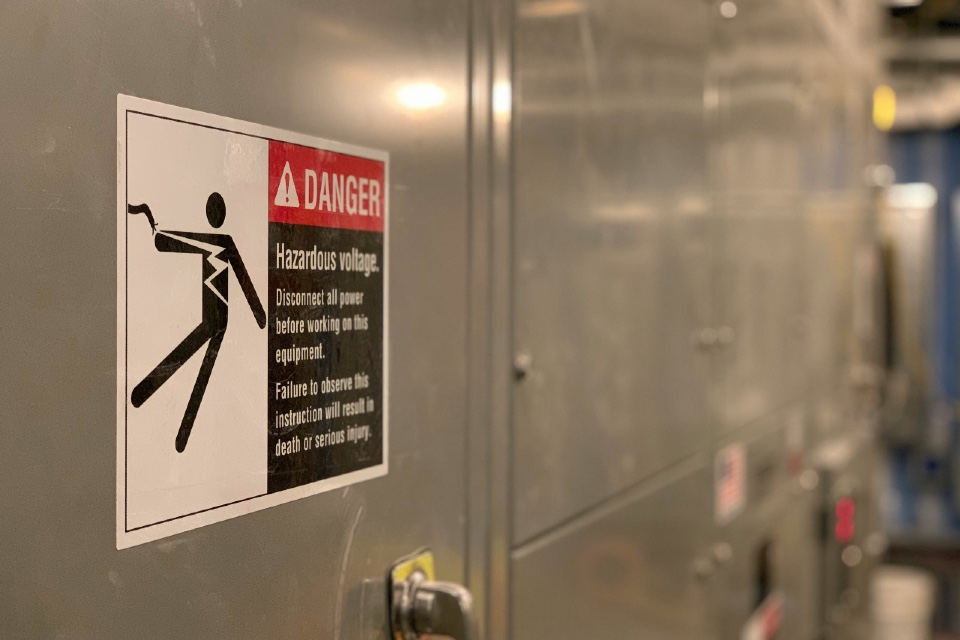15% of cardiac arrests occur in the workplace1. Having access to Automated External Defibrillators (AEDs) could be the difference between life and death
User-Friendly Design:
AEDs are designed to be user-friendly and there’s no prior training required to be able to use one. This means that anybody can use an AED and there’s no need to wait for the emergency services before you can administer help. The job of the AED is to analyse the victim’s heart rate and deliver a shock if it’s required. There are semi-automatic AEDs, which require human intervention for defibrillation and can cost slightly less than a fully automatic AED. Fully automatic AEDs deliver shocks automatically after monitoring and are more suitable for workplaces without trained CPR responders.
Increase Survival Rate:
As with any emergency, time is of the essence. AEDs significantly improve the likelihood of survival when used promptly. There’s a 60%2 chance of survival if treatment is administered and maintained while the emergency services arrive. There is a 10%3 decrease in survival for every minute that defibrillation is delayed.
Workplace Liability and Duty of Care:
The Health and Safety at Work Act 1974 (HASWA) requires all employers to protect the health, safety and wellbeing of their staff while at work. By providing AEDs in the workplace, the employer demonstrates the organisation’s commitment to the health and safety of its employees. In some workplaces, such as dental practices, educational facilities and boxing gyms there are regulatory requirements to provide access to an AED.
In summary, AEDs are essential to provide a rapid and effective response to sudden cardiac emergencies. Their presence can significantly increase the chances of survival, making them a crucial component of a safety culture in the workplace.
For more information about how your workplace could benefit from AEDs, visit seton.co.uk. With over 65 years’ experience, Seton is one of the leading manufacturers and distributors of safety and facilities management solutions.
[1] Resuscitation Council UK website: https://www.resus.org.uk/. Accessed 8 Feb. 2023.
[2] Occupational Safety and Health Administration website, osha.gov/sites/default/files/publications/osha3185.pdf. Accessed 29 Sept 2022.
[3] Weisfeldt ML, et al. J Am Coll Cardiol. 2010;55(16):1713-20.







